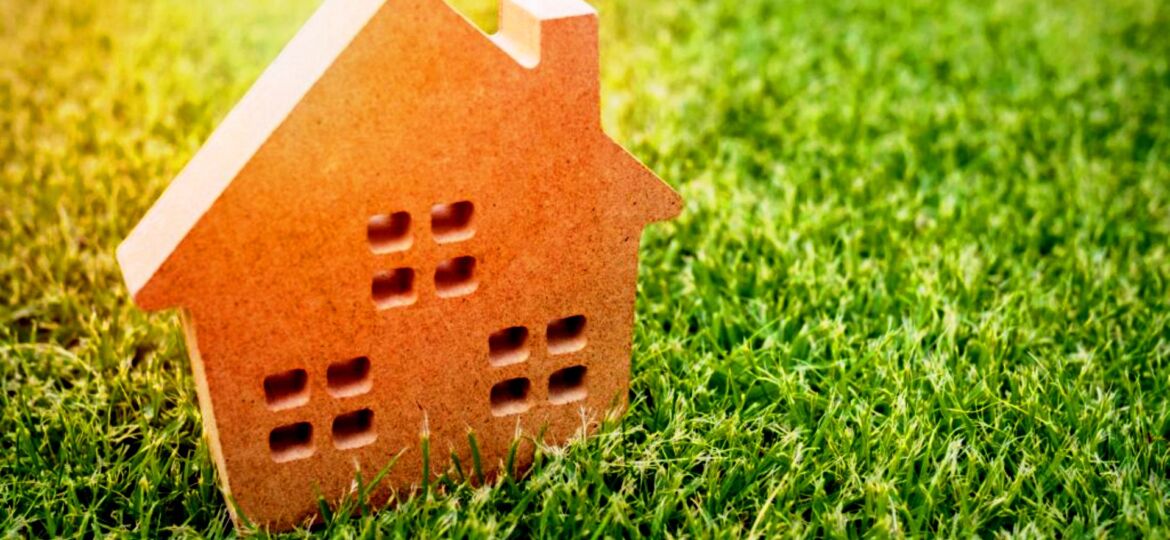
´`
Learn about the latest trends in sustainable design!
Green building and sustainable design have become more common. Building owners gain economic and environmental benefits by incorporating green practices into the construction of a building. As contractors and architects learn more about the effects of green building on the people who occupy the buildings they construct, there has been a renewed emphasis on health and wellness. Here are a few reasons why we at FLOR DE PIEDRA (STONE FLOWER) have been concerned about building a sustainable home.
Historically, one of the biggest complaints from building occupants has centered on lighting. Designers have moved away from dark spaces and fluorescent lights to more natural lighting and techniques, such as dimmers and timers. Not only does this help save energy, but it makes occupants happier and more productive.
Emerging areas of research focus on lighting design that links to the body’s daily cycles in response to outdoor light, known as circadian rhythms. For example, blue-enriched light during the day more naturally mimics daylight and has been shown to improve sleep at night. This can be achieved with skylights and a better bulb design.
We spend about 90 percent of our time indoors. Employees and customers often complain of having allergies and more stress while indoors for extended periods. Part of this can be contributed to the air quality and environment of the space they are in. Poor ventilation and inhalation of toxic chemicals from various products while in a poorly constructed building lead to unhealthy living and working conditions.
Using design to improve health has become a priority, for example, incorporating stairs near windows makes the area feel bright and welcoming. Some cities have implemented active design guidelines for public buildings to help address obesity and related diseases. Other techniques to improve workplace mobility and interaction between colleagues include:
· Grouping of printers and water coolers.
· Creation of communal garbage and recycling containers.
· Highlight the circulation paths with pieces of art and views.
· Outdoors, active design guidelines address how to create streetscapes that encourage walking, cycling and access to public transportation.
Incorporating natural elements into the spaces we use every day is called biophilia. Other techniques include opening up views to natural landscapes and placing planters at workstations.
Another way to integrate nature is to copy the way living things have solved common problems, a discipline called biokinetics. Recent examples include cooling systems that mimic the natural airflow in termite mounds, high-efficiency fans based on the shape of whale fins, and dirt-resistant paints and coatings inspired by lotus flower leaves.
With occupant health and safety in mind, building designers are increasingly planning to cope with natural disasters and the threats posed by a changing climate, from rising sea levels to rising temperatures. They must also ensure that buildings remain safe for occupants even if they lose power.
Better health is a shared responsibility!
Retrieved from 5 Surprising Ways Buildings Can Improve Our Health https://www.nationalgeographic.com/environment/article/surprising-ways-green-buildings-improve-health-sustainability and 4 Health Benefits of Green Building https://buildrt.com/2020/12/26/4-health-benefits-of-green-building/

